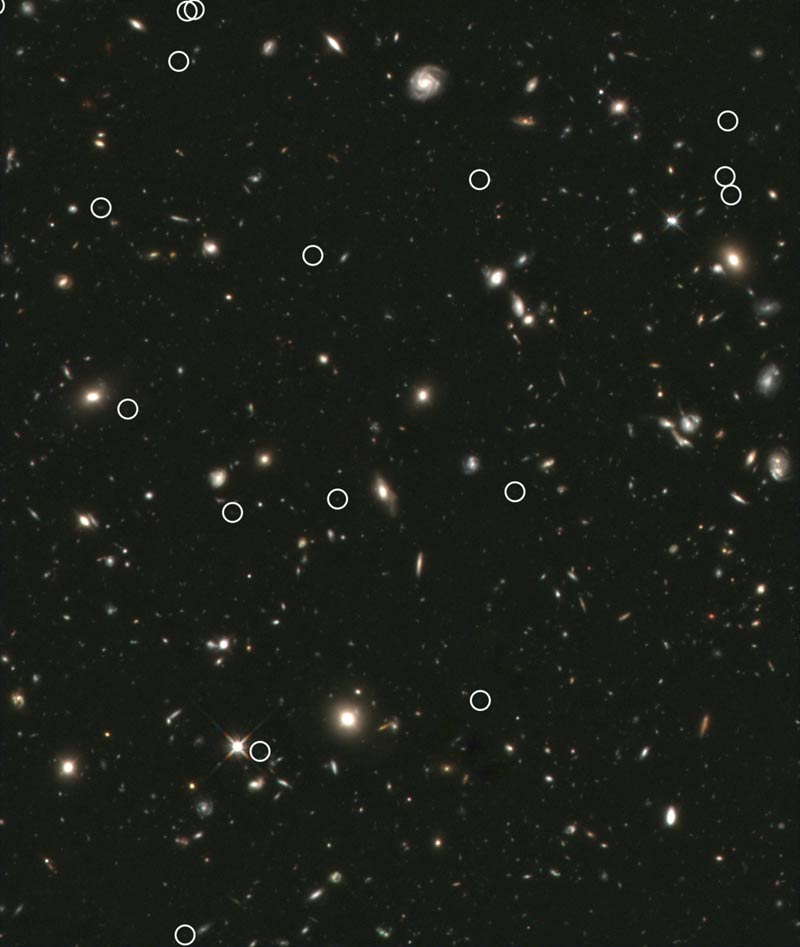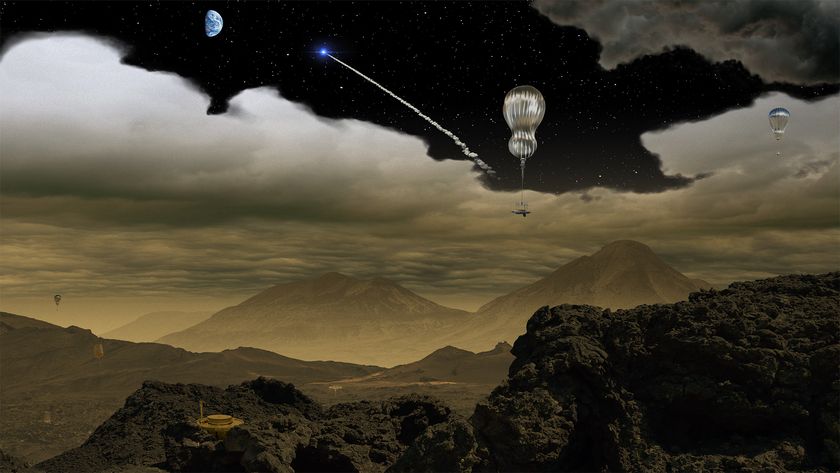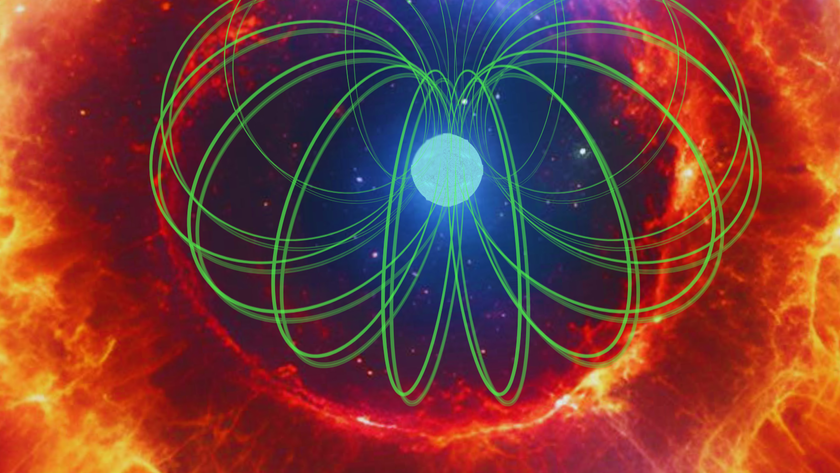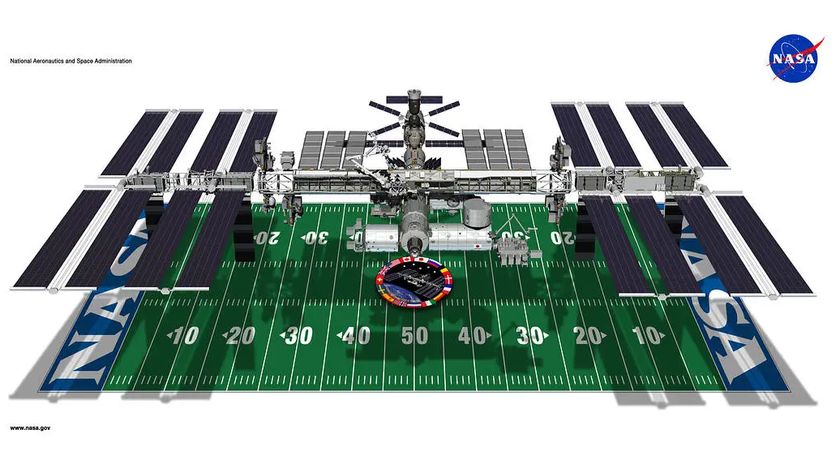
Researchersare building a better picture ofone of the most important changes in the early universe a process thatliftedthe cosmic fog from the dark, early universe.
Anew study of observations by the HubbleSpace Telescope has revealed that the earliest known galaxies, presentsome 800million years after the Big Bang 13.7 billion years ago, may haveemittedenough ultraviolet light to strip electrons from (or ionize) thehydrogen gasbetween galaxies.
Beforethis so-called re-ionizationof the universe, hydrogen gas absorbed light just like fog ona dark road,limiting the distance over which the earliest galaxies could have beenobserved.[Hubble photo of the ancient galaxies]
Earlyuniverse unveiled
Foryears, researchers have believed that asthese galaxies coalesced into larger and larger structures. Theirsubsequentultraviolet glows ionized hydrogen in bubbles around them, which grewandeventually overlapped until essentially all the intergalactic mediumwasionized and transparent.
Butresearchers were less sure about thetiming.
"Thathas been the outstandingquestion," Brant Robertson of the California Institute of Technology inPasadena, Calif., told SPACE.com. "At what point in time do galaxiesproduce enough of these ionizing photons to keep the electrons andprotons inthe universe unbound?"
Get the Space.com Newsletter
Breaking space news, the latest updates on rocket launches, skywatching events and more!
Darkages of the universe
Althoughthe universe actually began in anionized state following the BigBang, this first period of ionization lasted for only about300,000 years,until electrons and protons cooled enough to form hydrogen atoms. (Thishydrogen formation generated photons that we know today as the cosmicmicrowavebackground.)
Whatfollowed was a period known as thecosmic Dark Ages, during which the universe's vast clouds of cloudhydrogenslowly condensed to form the first galaxies. From studies of neutralhydrogendetected in the light from distant quasars, astronomers knew thatre-ionizationmust have been complete by about a billion years after the Big Bang.
"Thething that's changed recently isthe installation of the new camera on Hubble," Robertson said.
Hubble'sWide Field Camera 3, in operation since May 2009, has allowedastronomersto pinpoint the infrared signatures of more than 50 galaxies that dateto 800million years after the Big Bang.
Theresearch is detailed in the Nov. 4 issueof the journal Nature.
Explainingthe cosmic fog's lifting
Bydetermining whether these ancientgalaxies released sufficient ultraviolet light to re-ionizethe universe'sintergalactic hydrogen, researchers could rule out other possibleexplanationsfor re-ionization, such as radiation from matter falling into massivegalacticblack holes, or the annihilation of hypothetical dark matter particles.
Intheir new analysis, Robertson and hiscolleagues first used the recent Hubble data to estimate the totalnumber ofancient galaxies. Then they took information about the color of lightfromthose galaxies to estimate the sizes and intensities of the starscontained inthem, which yielded the number of ultraviolet photons generated by eachgalaxy.
Finally,based on data for closer galaxies,the researchers estimated that some 10 to 20 percent of thoseultravioletphotons would have made it out of their galaxies to re-ionizeintergalactichydrogen.
Theresults suggest there were likely enoughultraviolet photons to re-ionize the universe in the first 800 millionyears ofcosmic time, although uncertainties remain.
Robertsonsaid one of the major uncertaintiesin their calculation was the number of early galaxies, which currentlydependson Hubble's surveys of a small section of sky.
Butas Hubble collects data over a widerportion of the sky, that uncertainty will decrease.
"It'sa very exciting time,"Robertson said. "In the next couple of years we'll be able to know ifthere are enough galaxies to re-ionize the universe."
- MostAmazing Hubble Telescope Discoveries
- Gallery- Spectacular Photos from Newest Hubble Cameras
- CosmicHeat Wave Caused Patchy Galaxy Formation
Join our Space Forums to keep talking space on the latest missions, night sky and more! And if you have a news tip, correction or comment, let us know at: community@space.com.
J.R. Minkel covered space, physics, cosmology and technology for Space.com, Live Science, New Scientist, Popular Science, Discover, and Scientific American, all while writing his own blog A Fistful of Science and authoring a book entitled The Instant Egghead Guide: The Universe. Minkel earned a master's degree in Science and Environmental Reporting from New York University and a B.S. in Molecular Biology from Vanderbilt University, where he dabbled in zebrafish genetics.
Most Popular




